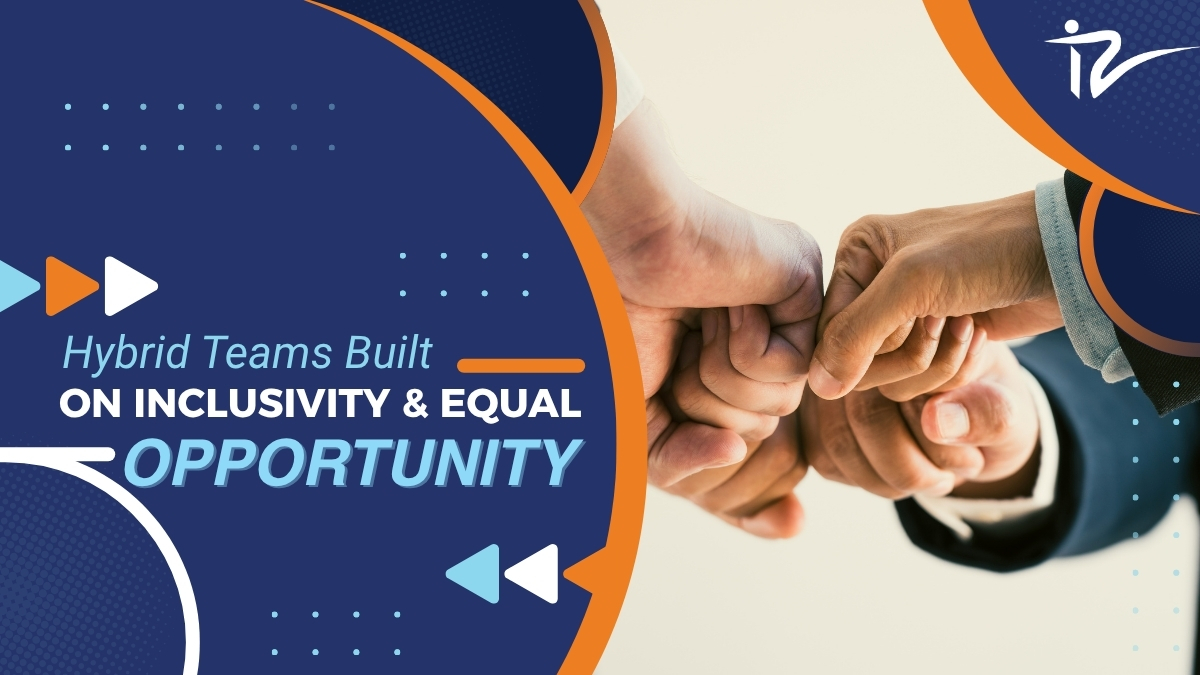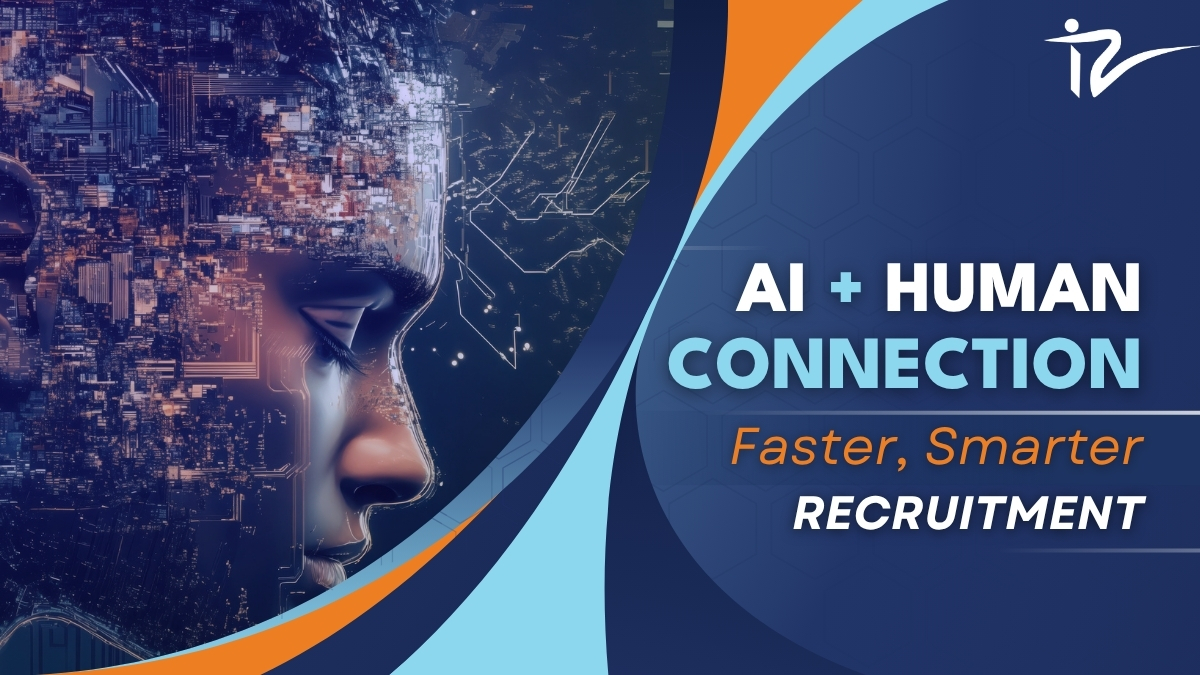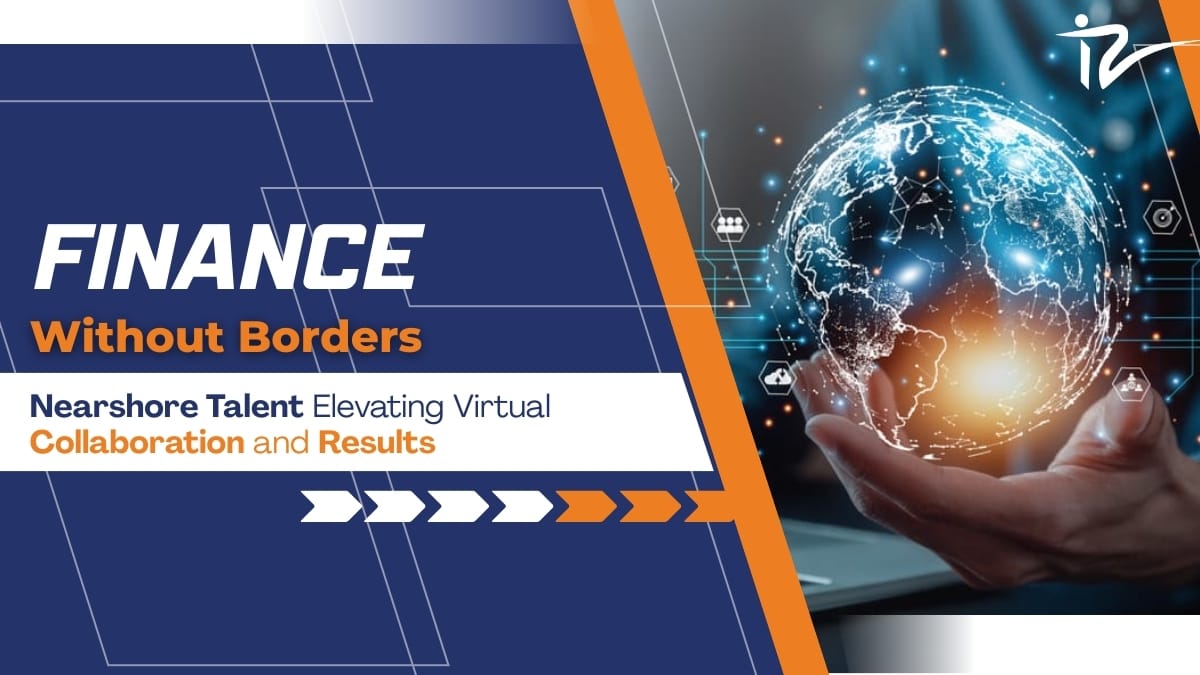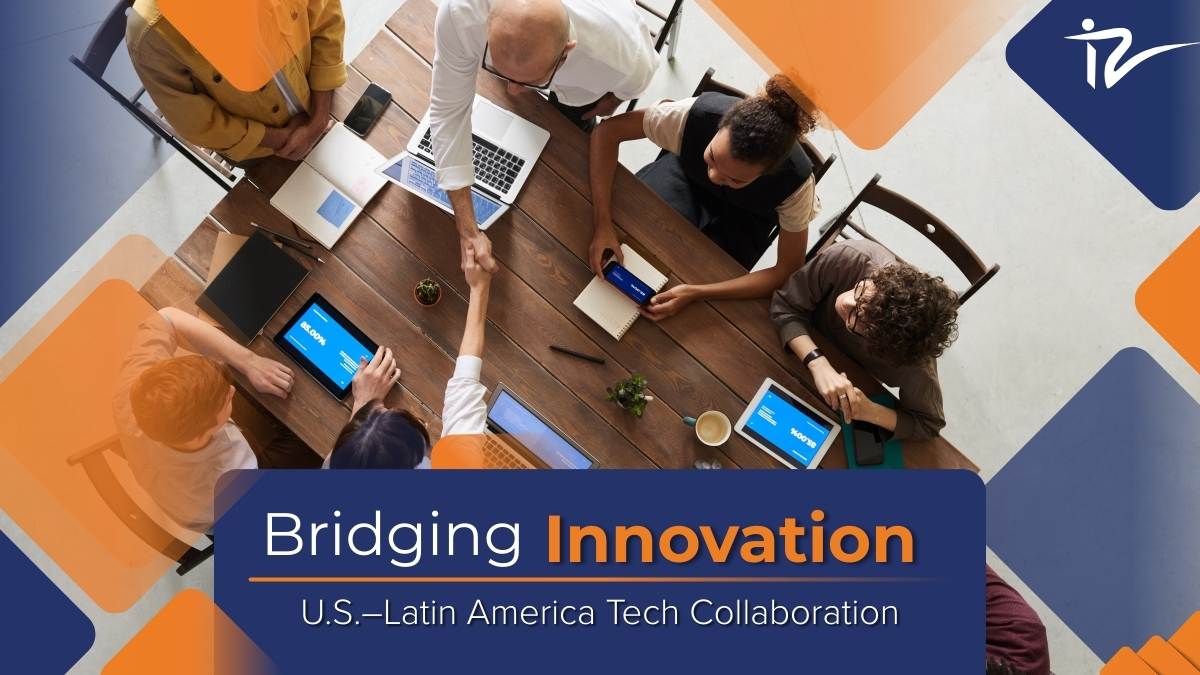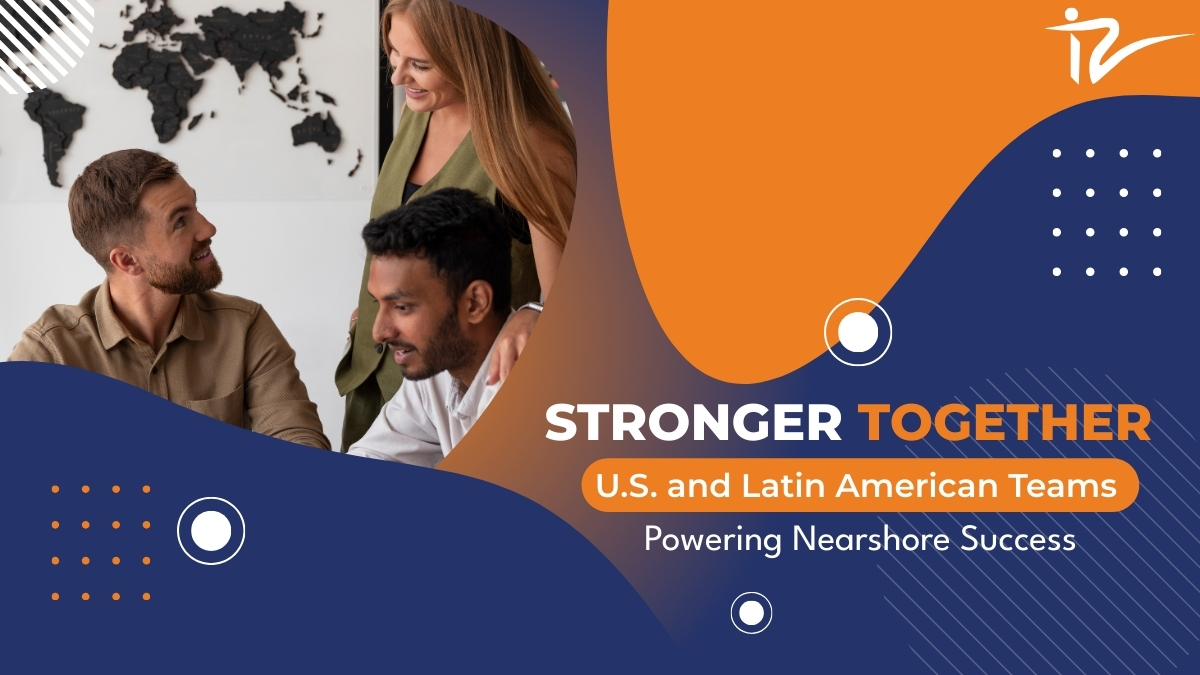Table of contents ▸
With the rapidly changing work environment, businesses need to nix traditional recruitment models to remain on the competitive edge. Diversity hiring, equal pay, and inclusive workforce strategies have become the new buzzwords for organizations seeking to attract and retain the best talent. Being fast with quality placements, inclusivity, and low time-to-hire emphasizes our ideology of staffing solutions at IRI. According to industry research, hiring in 2025 will be primarily influenced by AI-driven tools, the gig economy, and hybrid workforce management- all of which emphasize a more inclusive view of talent acquisition.
Why Diversity Hiring Will Matter in 2025
So-called diversity hiring is no longer just a best practice; it has become a business imperative. Companies with an actively implemented strategy to build an inclusive workforce see higher innovation, better decision-making, and higher employee engagement. Establishing equal pay and ensuring a fair hiring process helps put organizations in the limelight as employers of choice.
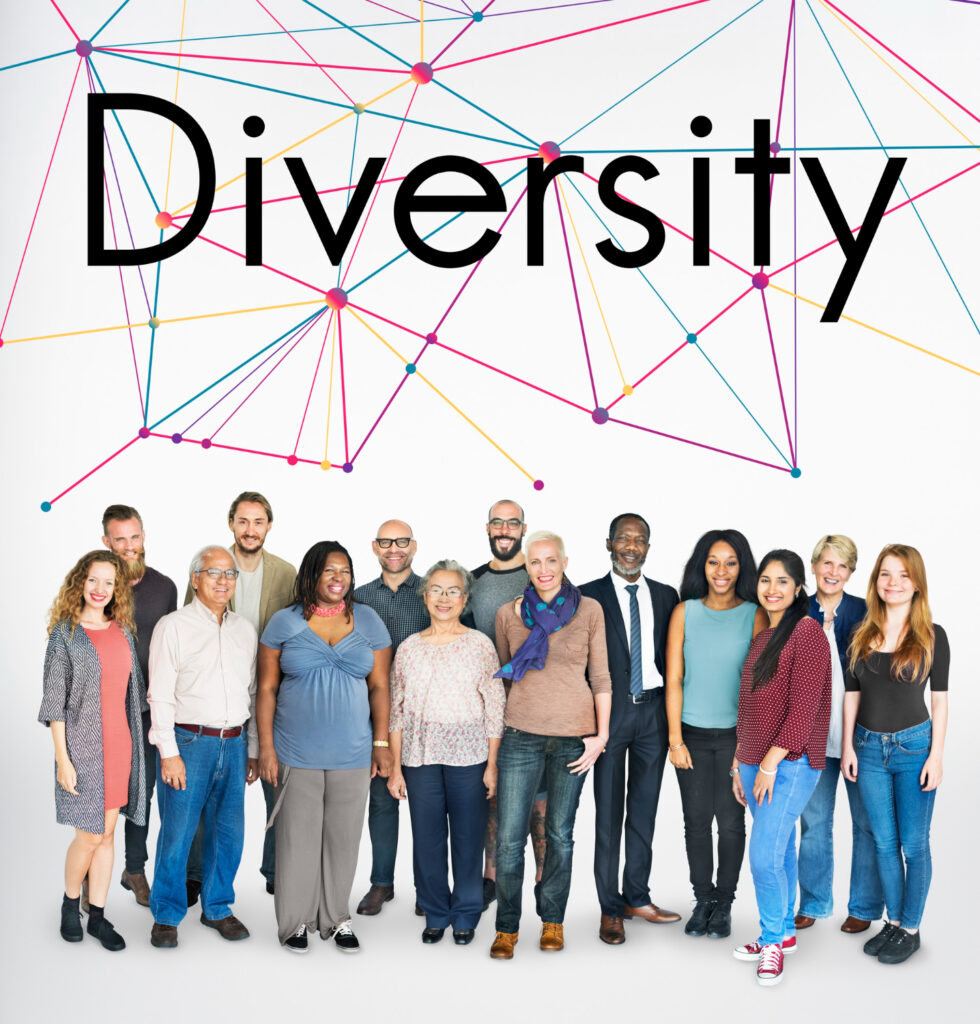
Studies show that diverse teams can outperform non-diverse teams by approximately 35% in productivity and creativity. These dynamics are going to be pushed forward in 2025 with all the changes in technology, customer expectations, and global market scenarios. It is against now-incumbent practices for firms to stereotype makeup, out of notions of equity, inclusiveness, and equality. Having diversity hiring as a core component of hiring strategies not only satisfies client expectations but also protects companies against future disadvantages in workforce implications.
Technology as a Tool to Encourage Inclusivity
AI-powered platforms like IRI Nova catalyze the momentum for a more inclusive workforce. Nova, our virtual recruiter powered by AI, interacts with candidates at the very first stage while promoting efficiency and compliance. This technology promotes de-biasing screening decisions, speeding up time-to-hire, and opening up broader talent pools for companies. While human decision-makers will remain at the center of recruitment choices, technologies such as Nova help in widening accessibility and inclusivity, thus making it possible to implement diversity hiring on a grand scale.
Remote work-enabled technology acts as a very powerful instrument in removing geographic and demographic barriers that candidates experience today. Flexible work options are attractive to the younger generations, but they also provide Career Opportunities to persons who perhaps may not have considered traditional office roles, for example, caregivers or professionals with disabilities.
Inclusive Hiring for Building a Future-Ready Workforce
Creating an inclusive workforce for the future mandates planning for sustaining it; this is achieved more than just through policies, via implementations that go through organizations. Here are some of the best practices shaping 2025:

Building Job Descriptions with Inclusivity
It all comes down to language. Job descriptions need to be drafted by companies to prioritize skills rather than any background. The descriptions should also use gender-neutral terminology as much as possible. This kind of inclusive language will make candidates of all backgrounds feel welcomed to apply, thus supporting their diversity hiring initiatives. Employers should mention their stance on equal pay and flexibility within job advertisements themselves, to interest socially aware candidates.
Taking Advantage of Contract-Based and Hybrid Talent
The emergence of contract work offers new prospects to achieve diversity within the workforce. Hybrid working arrangements and contract-to-hire models give companies a chance to consideration for those underrepresented groups that may not be able to commit to conventional job structures. At IRI, our Workforce Solutions are Contract, Contract-to-Hire, and Direct Hire in nature, assisting companies in working towards an inclusive workforce. The contracting roles are also ways to build candidates up to permanent jobs, thereby increasing growth opportunities.
Engaging Pay Audits
Commitment to equal pay is the foundation of imparting trust. Pay audits identify pay disparities and place organizations in a position to tackle these issues beforehand. Transparent pay structures greatly boost an employer’s brand and show positive value to equity concerning building a truly inclusive workforce. The organizations that conduct annual audits have over 10% better rate of employee retention and a 20% increase in levels of trust amongst employees.
Training and Awareness Programs
Bias—both obvious and hidden—impacts hiring decisions. Training of hiring managers in inclusiveness and fair practices, as well as cross-cultural awareness, arms organizations in making decisions that support diversity hiring. Continuous training is imperative to guarantee that inclusivity becomes ingrained in organizational culture rather than becoming a passing initiative.
Use Technology to Increase Candidate Reach
AI-backed tools engage candidates at early stages, but inclusivity is a different subject beyond automation. Platforms like Nova will ensure that not a single qualified candidate is left behind. This proactive candidate engagement offers a larger representation of talent while the hiring process gets expeditiously faster-a perfect partnership between speed and inclusivity. International usage also allows global corporations to tap into talent pools worldwide, including the importing of varied cultural perspectives into the world of work.
Focus on Employee Resource Groups
Fostering ERGs inside organizations provides a continuum of support to individuals from somewhat diverse backgrounds. Through mentoring, assistance in celebrations for different cultures and others, these groups help hold on to talent, which is equally important in inclusive staffing as recruitment. ERGs also improve the organization’s awareness of employee concerns on an ever-changing basis, enabling them to be responsive and rewarded by change.
Embedding Diversity into Leadership Pipelines
True inclusivity cannot exist without representation at all levels of an organization. Businesses in the year 2025 must commit to building leadership pipelines that reflect diversity across gender, ethnicity, and cultural backgrounds. When diverse leaders become visible to the rank and file, a disparate group of employees would feel a sense of belonging. They would also be confident that the company truly realizes its own ambitions of diversity hiring.
The Business Case for Inclusive Hiring
Diversity hiring, beyond just compliance or social responsibility, is a very important driver of the Company’s performance. Research has consistently shown that organizations with inclusion in their business strategies tend to have:
- Growth in revenues
- Better access to diverse markets
- Loyalty of employees
- More innovation
Companies distinguish themselves in the war for talent by enforcing equal pay and insisting on an inclusive culture. With Gen Z professionals now firmly in power, the inability to address diversity in hiring will work against organizational growth in 2025.
This brings us to the point where we can say that the more diversified a group is, the better it’ll be able to solve tougher problems. Different viewpoints lead to more potent brainstorming sessions and extraordinary solutions. In sectors where creativity and speed are focal points, the benefits of diversity hiring cannot be disputed. It is no longer about ticking a box but all about accessing talent from every nook to pour wealth into the organization as one entity.
Conclusion
About 2025, companies would have invested in hiring for diversity, equal pay, and inclusive workforce strategies in every aspect of recruitment. The usage of AI-driven tools such as IRI Nova, contract, and hybrid models, and compensation transparency all tie into making sustained success. At IRI, we would continue to provide staff solutions to better empower businesses to hire faster, smarter, and more inclusively.
Building a diverse workforce is not just about meeting today’s needs-it is about the creation of tomorrow’s opportunities. Organizations embracing these propositions, in return, can build stronger teams while creating enduring value for employees, customers, and other stakeholders.
Follow us on Social Media: LinkedIn | Facebook | Twitter | Instagram | YouTube

